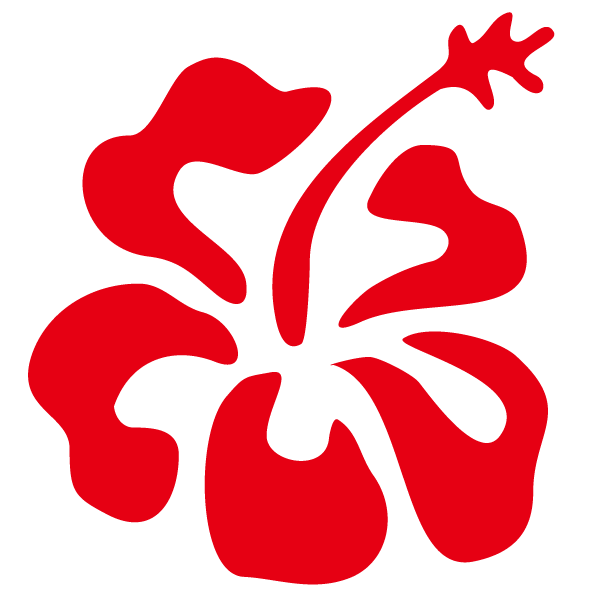Growing Plants
Today was the day when we had to help Vieda know what things were behind her, without her turning around. And of course, we were more than excited to help her. We got a good view of the things behind her, so we told her what we saw. “You have lettuce and flowers and plant”, we chorused. Then came the time when Vieda had to “see” for herself if there were really flowers and lettuce behind her.
Vieda: Everyone be quiet, please. I want to use my ears so I can hear what’s behind me.
A: No, not your ears because ears are for listening.
Vieda: But I can hear something. Is it that thing behind me?
Ak: No, it’s not the flower crying because it’s Buds class because I can hear. Not flower because flower don’t do a sound.
Li: Downstairs, Buds class crying because they are still small. We are all bigger than them.
Ka: Buds class is baby that’s why they cry, but we are brothers and sisters and we are big that’s why we don’t cry.
Vieda: Should I use my nose to see what’s behind me?
Ak: Nose is for smelling. Mouth is for eating. Eyes is for looking. Ears is listening.
Ki: Me, too I don’t know.
Ak: You need to look back from over here to see.
We learned that we could use our five senses when observing things around us. Each of our senses has its own role that help us in our observation. As we were talking about our senses, Vieda put a flower plant and lettuce plant in the middle of our circle. These are our plants from our balcony. We made sure to use our senses accordingly as we looked at the plants closely.
Ka: No same size. The first is smaller and then it get bigger.
Ak: It’s very, very small and short then it get long because we put water.
A: Small then we water it then it got bigger.
Ch: It was small when we water it, then the sunlight help it. Then it became longer.
A: I didn’t smell anything. I think those flowers are fake, not a real one.
Interestingly, some of our friends were able to smell something.
Ak: It smells like lemon.
Ke: It smells like a powder, a honey powder.
Li: Like lemon.
It’s amazing how our senses could sense something different from our friends. We were fascinated how different our favorite foods are from our friends. Despite these differences, we are proud to say that we can still be friends with each other!
As we were looking at the plants, Vieda mentioned that she had some questions about them and wondered if we could help her sort things out. We happily said, “Yes, we will help you!”.
Vieda: How do you think a plant grows?
Ch: We water them and gives sunlight.
A: Yes, plants need water and sun.
Ak: I think plants need water, sun, sand, and seed to grow.
Li: I think water, sun, and seed.
A: Water, sun, soil and sun
K: Water, seed soil and sun
Ky: It like water then becomes big and big.
K: You have to put it in the sun then, water it. You have to wait for days.
Ak: We put water and the seed. The sun comes and sunlight pull the leaves and flowers get long, but the lettuce one leaves get long.
Ka: Because you also put the seed inside. The flowers then come out.
Just as we were exchanging ideas on how we think plants grow, K raised his hand and said, “Roots are the part to grow. It’s in the soil”. That’s a new concept for us for our current learning theme. ROOTS! On the other hand, Ak shared that he had a chance to check about growing plants on his tablet at home. He said, “First if small leaves then a little bit longer leaves. Flowers come and then we put lots of water and get a big tree”.
We were so eager to share our thoughts about ROOTS. Would you like to hear them?
Li: They use the soil in the plant to grow.
K: The roots grow then the plant grow, too.
K: It goes down.
A: The water goes into the roots and then it help the plant the door.
A: I see like leaves blue flower, and it get big little, then big. We put the water power give to the roots. (after a long pause)
Ak: The roots push and push harder again longer. No flower, no roots and the water is balancing. It push it to the flower, and it get a long, long time to turn a flower. The roots push one time, the water push 2 times because it’s long and short leaves. We dig the sand then we can see the roots.
Interesting, isn’t it? We watched carefully as we looked at Vieda watered the plants. She watered it directly on the soil. We used a magnifying glass to see the middle part of the flower plant. We wondered how can water help a growing plant if we water the plants directly on the soil? Ke replied, “Because the roots and sticks are connected”. Wow!
We had a great time talking about growing plants. We were so eager to talk more about plants, but it was almost lunch time! Instead, we have a little “homework”. We would be happy to hear your ideas about the following:
(1) If the root is connected to the “stick”, how do the roots help the “stick”?
(2) Does this “stick” have a name?
(3) Does the “stick” help the flowers and leaves in any way?
For lunch time, we were so happy that we were able to eat our freshly harvested lettuce from our balcony! It was so delicious!
Love,
Flowers Class
